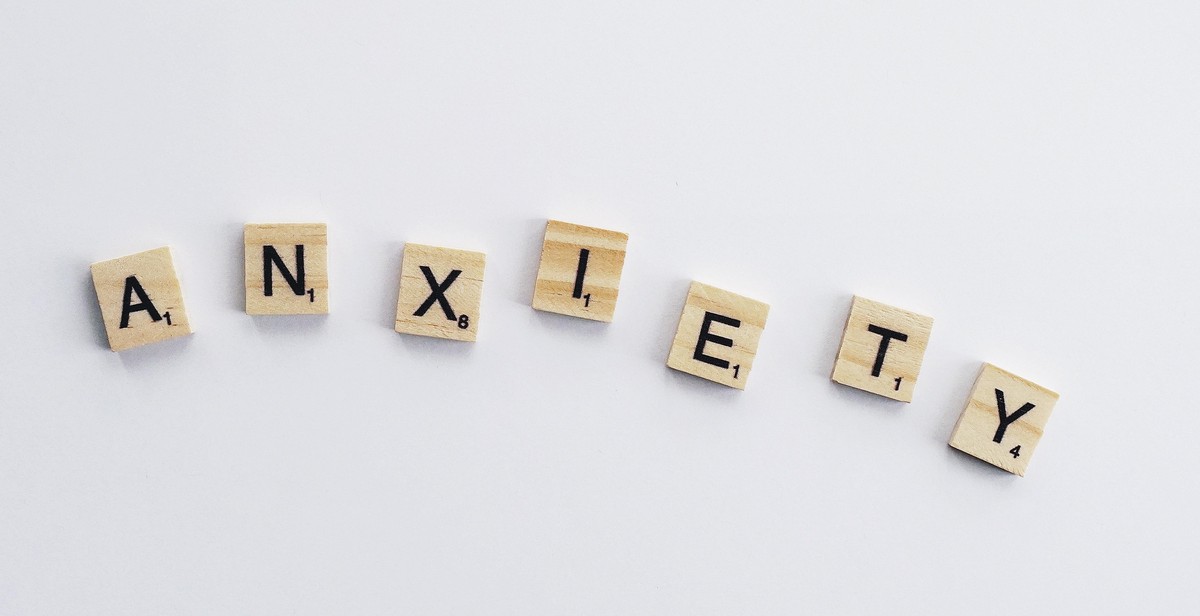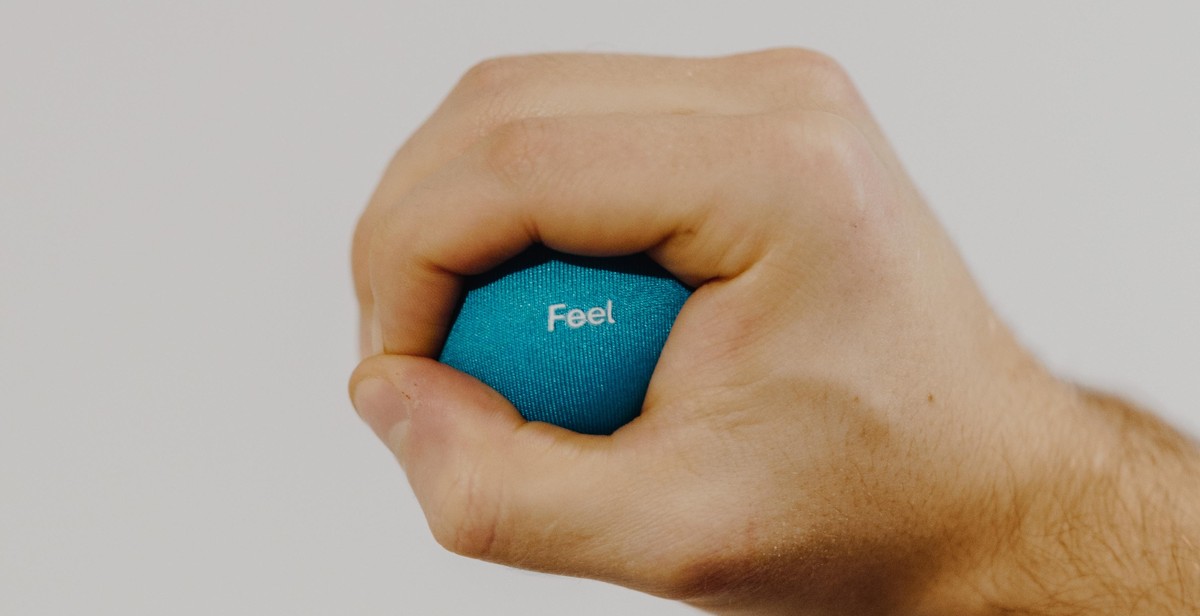How to Choose the Right Font Size for Different Design Projects: Ensuring Legibility and Impact
Choosing the right font size is crucial to the success of any design project. Whether you are designing a website, creating a brochure or designing a logo, the font size you choose can make or break the impact of your message. A font that is too small can be difficult to read, while a font that is too large can be overwhelming and distracting. So, how do you choose the right font size for your project?
The Importance of Legibility
Legibility is key when it comes to choosing the right font size. A font that is difficult to read will not only frustrate your audience but also reduce the impact of your message. When choosing a font size, consider the audience you are targeting and the medium you are using. For example, a larger font size may be necessary for older audiences or for print materials.
The Impact of Font Size
The impact of font size can also be a significant factor in your design project. A larger font size can make a bold statement and draw attention to your message, while a smaller font size can create a more subtle and refined effect. Consider the tone and purpose of your project when choosing the font size.
Factors to Consider
There are several factors to consider when choosing the right font size, including the medium, audience, purpose, and tone of your project. Additionally, it is important to consider the font itself and its readability at various sizes.
Overall, choosing the right font size is a critical part of any design project. By considering the legibility and impact of your font size, as well as the other factors mentioned above, you can ensure that your message is effectively communicated to your audience.

Understanding Font Size and Its Importance in Design
Font size refers to the measurement of the height of the characters in a typeface, usually measured in points. It plays a crucial role in design, as it affects the legibility, readability, and overall impact of the text. Choosing the right font size is essential to ensure that the message is conveyed effectively.
What is Font Size?
Font size is the measurement of the height of the characters in a typeface, usually measured in points. A point is a unit of measurement used in typography, with one point equal to 1/72 of an inch. Font size is typically represented as a number followed by the abbreviation “pt,” such as 12pt or 18pt.
Font size can vary depending on the typeface and the medium used. For example, font sizes for web design are typically smaller than those used in print design.
Why is Font Size Important in Design?
Choosing the right font size is crucial in design, as it affects the legibility, readability, and overall impact of the text. If the font size is too small, the text may be difficult to read, leading to eye strain and frustration for the reader. On the other hand, if the font size is too large, it may overwhelm the reader and make the text appear unprofessional.
Font size also plays a crucial role in the hierarchy of information. For example, headlines and subheadings should have a larger font size than body text to emphasize their importance and make them stand out. Similarly, captions and footnotes should have a smaller font size than the body text to differentiate them from the main content.
Overall, choosing the right font size is essential to ensure that the message is conveyed effectively. It is important to consider the medium, the typeface, and the hierarchy of information when selecting the appropriate font size for a design project.

Factors to Consider When Choosing Font Size
Choosing the right font size is crucial for any design project as it affects the overall readability and impact of the content. Here are some factors to consider when deciding on the appropriate font size:
Audience
The target audience plays a significant role in determining the font size of your design project. The age, visual ability, and preferences of your audience should be taken into consideration. For instance, a younger audience may prefer larger font sizes, while an older audience may require a smaller font size.
Medium
The medium used for your design project should also be considered when choosing the font size. For print media, a larger font size may be necessary to ensure readability, while digital media may allow for smaller font sizes due to the ability to zoom in or out.
Purpose
The purpose of your design project should be taken into account when choosing the font size. For example, a headline or title may require a larger font size compared to the body text to grab the reader’s attention and create hierarchy.
Readability
The readability of your content is crucial in determining the appropriate font size. A font size that is too small or too large may affect the legibility of the text and make it difficult for the reader to comprehend the content.
Hierarchy
The hierarchy of your content should also be considered when deciding on the font size. A larger font size should be used for headlines and subheadings to create a clear visual hierarchy and guide the reader through the content.
| Audience | Medium | Purpose | Readability | Hierarchy |
|---|---|---|---|---|
| Age, visual ability, and preferences | Print media may require larger font sizes; digital media may allow for smaller font sizes | Headlines or titles may require larger font sizes compared to body text | Font size that is too small or too large may affect legibility | Larger font size for headlines and subheadings to create visual hierarchy |

Choosing Font Size for Different Design Projects
Choosing the right font size is crucial in ensuring legibility and impact in any design project. Here are some guidelines on how to choose the appropriate font size for various design projects:
Print Design
Print design includes brochures, flyers, business cards, and other printed materials. When choosing font size for print design, consider the distance between the reader and the material. For example, if the material will be viewed from a distance, such as a billboard, use a larger font size. On the other hand, if the material will be viewed up close, such as a business card, use a smaller font size.
Web Design
In web design, font size is crucial for readability. It is recommended to use a font size of at least 16px for body text. However, the font size can vary depending on the design and the font used. It is important to consider the user experience and ensure that the text is easily readable on all devices, including mobile.
Mobile Design
Mobile design requires even more attention to font size, as the screen size is smaller. It is recommended to use a font size of at least 14px for body text on mobile devices. However, it is important to test the font size on various devices to ensure readability.
Packaging Design
For packaging design, the font size should be large enough to be easily readable from a distance. The font size should also be consistent with the brand’s visual identity and message.
Logo Design
When designing a logo, font size is important to consider for legibility and impact. The font size should be appropriate for the size of the logo and should be easily readable in different sizes and formats.
Poster Design
Poster design requires a larger font size to be easily readable from a distance. It is recommended to use a font size of at least 24px for body text on posters.
- Consider the distance between the reader and the material when choosing font size for print design
- Use a font size of at least 16px for body text in web design
- Use a font size of at least 14px for body text in mobile design
- Use a font size that is appropriate for the size of the logo in logo design
- Use a font size of at least 24px for body text on posters
By considering these guidelines, you can ensure that your design projects have the right font size for maximum impact and legibility.

Best Practices for Choosing Font Size
When it comes to choosing the right font size for different design projects, there are a few best practices to keep in mind to ensure maximum legibility and impact.
Test for Readability
Before settling on a font size, it’s important to test for readability. This means selecting a font size that is large enough to be easily read by the target audience. A good rule of thumb is to aim for a font size between 16-18pt for body text.
Use Hierarchy
Using hierarchy is key to effective typography. This means using different font sizes to create contrast and establish a visual hierarchy of information. For example, using a larger font size for headings and a smaller font size for body text can help guide the reader’s eye and make the content easier to navigate.
Consider Contrast
When choosing font sizes, it’s important to consider contrast. This means selecting a font size that provides enough contrast between the text and the background to ensure readability. A good rule of thumb is to aim for a contrast ratio of at least 4.5:1 for body text and 3:1 for large text.
Avoid Using Too Many Font Sizes
Using too many font sizes can be distracting and overwhelming for the reader. It’s best to stick to a few font sizes and use them consistently throughout the design project.
Don’t Be Afraid to Experiment
While it’s important to follow best practices for font size selection, don’t be afraid to experiment and try new things. Sometimes breaking the rules can lead to innovative and impactful designs.
| Best Practices for Choosing Font Size |
|---|
| Test for Readability |
| Use Hierarchy |
| Consider Contrast |
| Avoid Using Too Many Font Sizes |
| Don’t Be Afraid to Experiment |

Conclusion
Choosing the right font size for different design projects is crucial to ensure legibility and impact. The font size plays a significant role in how a message is perceived and understood by the audience. A poorly chosen font size can make the content difficult to read, leading to a negative user experience.
When selecting a font size, designers should consider the purpose of the project, the target audience, and the medium in which the content will be presented. For print materials, a font size of 12-14 points is generally recommended, while digital content can benefit from larger font sizes to accommodate various screen sizes and resolutions.
It’s also important to choose a font that is easily readable and complements the overall design of the project. Sans-serif fonts are generally more legible than serif fonts, especially at smaller font sizes. However, serif fonts can add a touch of elegance and sophistication to a design project.
Ultimately, the font size should be chosen to enhance the user experience and convey the intended message effectively. By considering the factors discussed in this article, designers can choose the right font size for their projects and ensure that their content is legible and impactful.
